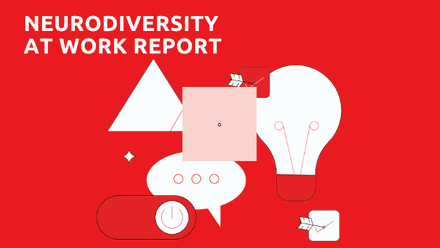In an ideal world, internal communicators would all have extensive budgets and unlimited resources and tools to be able to engage and interact with all employees, including remote workers. Unfortunately, the reality is that in many cases we need to innovate and think outside the box to find ways to keep all workers connected and aligned with organisational values.
Many remote employees have been in the field, on the front-line, or away from the office since even before the pandemic. With the addition of hybrid employees, or temporarily remote employees now returning to the office, how can we engage those who remain completely remote? And how do we encourage staff back into the office while ensuring that the same messaging is used for those remaining remote?
One of the biggest challenges of remote work is feeling disconnected from the company. Often these employees are connected at a local or regional level, but how can we get them to align with the greater organisation?
Without face-to-face interaction, it can be tough to stay motivated and engaged with the team. To combat this, internal communication professionals need to make sure they use a variety of channels to communicate with remote workers. From email to video calls, there needs to be plenty of options available to reach everyone effectively. Managing multiple narratives can be challenging, but dedicated and targeted comms can help to ensure that all employees feel represented and heard on a more personal level.
Another solution to help remote workers feel connected is to create a sense of community. Virtual social events like online happy hours or team-building activities can make all the difference in feeling like a part of the team. But beyond that, sharing stories and experiences from remote workers can help humanise the experience and create a sense of empathy and understanding among colleagues. It's important to highlight successes, challenges, and contributions from remote workers to show that they are valued and appreciated.
Time zones can also be a significant challenge for communication between remote workers and the rest of the team. To avoid any confusion or delays in decision-making, clear communication expectations need to be set. This includes identifying which channels are best suited for specific types of messages and ensuring that everyone is on the same page regarding response times.
With so many different communication channels available, it's important to simplify messages to ensure that remote workers can understand the key messages without information overload. This could mean using visuals or breaking down complex information into more digestible pieces.
Regular check-ins are crucial to maintaining good communication between remote workers and the rest of the team. This could mean one-on-one meetings, team meetings, or even surveys to gather feedback. By soliciting input and ideas from remote workers, companies can demonstrate that they value their contributions and are committed to creating an inclusive and collaborative culture.
Yes, communication is key when it comes to remote work, but by understanding your audiences, channels, and tools available, we can build a community and help remote workers stay engaged and motivated.






